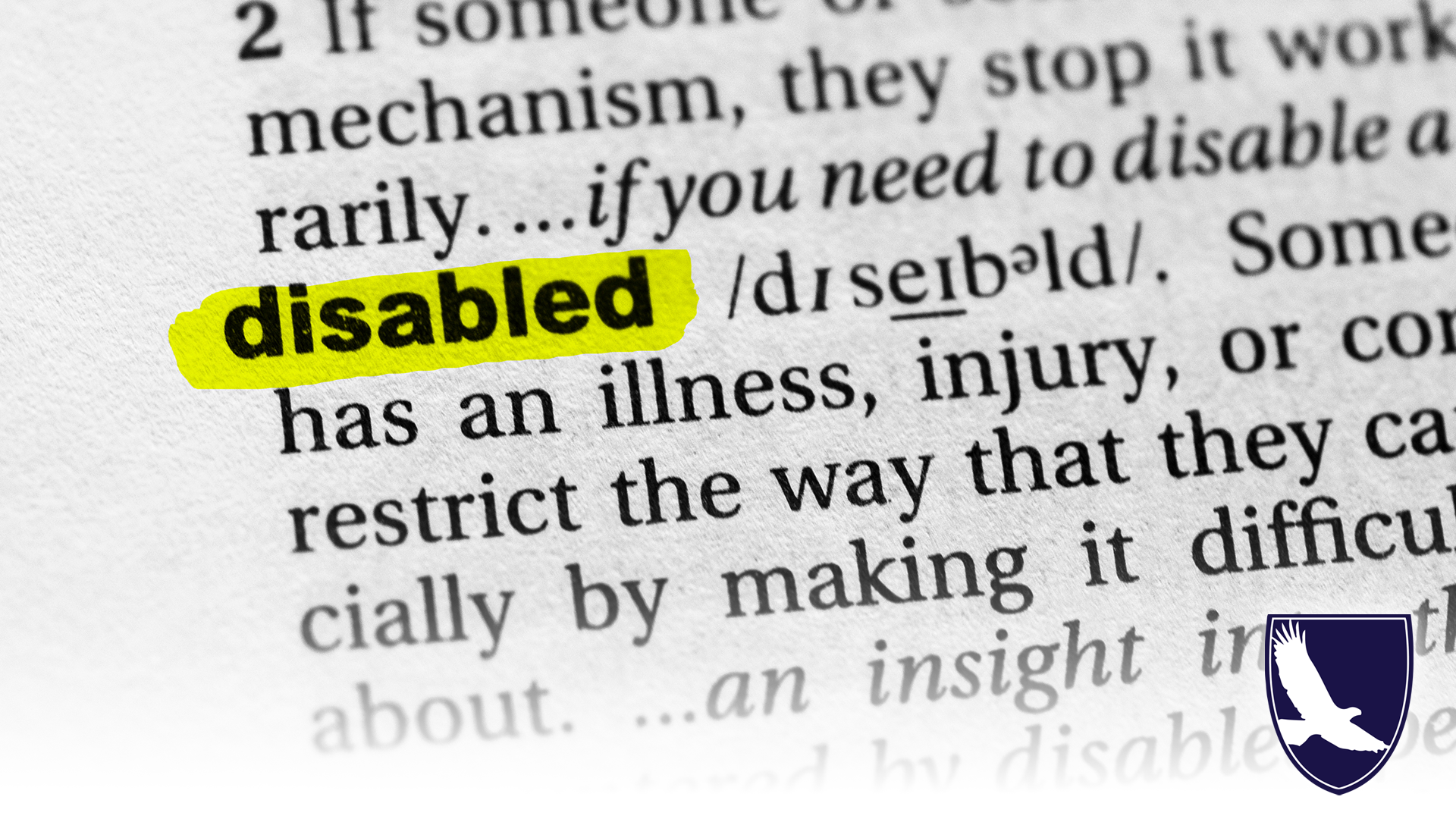What Is Social Security's Definition of Being "Disabled"?
Social Security uses a strict definition of what it means to be “disabled” under the SSDI and SSI programs

There are literally hundreds of disability insurance programs in the United States. There are private insurance plans, typically obtained through an employer, there are railroad insurance plans for railroad employees, the U.S. Postal Service has its own disability insurance plan, and the Veteran’s Administration covers military veterans through the VA disability insurance program. Each of these programs has the same fundamental objective: to provide income to people who can no longer work due to a medical condition. However, each of these programs has their own definition of what it means to be “disabled” under their rules.
They also have their own process for determining whether you meet their definition of being disabled. And, of course, the benefits are very different between one program and the next. For example, Social Security disability does not have a short-term disability program, nor do they have a partial disability system, such as is used in the VA disability program (in which veterans can be found 30% or 70% or 100% disabled, etc.). In Social Security disability, you either meet the definition, or you do not. If you do meet the definition, you receive all benefits until such time as you no longer meet their definition of being disabled.
This is why understanding the definition of being disabled under SSA rules is critical. The only definition of what it means to be “disabled” that matters to us and our clients is Social Security’s definition.
Social Security’s Definition of Being “Disabled”
So, let’s break that definition down because there are many important components to it.
"You must not be able to engage in substantial gainful activity (SGA)."
"Due to a medically-determinable physical or mental impairment."
"That has lasted or is expected to last for a continuous period of at least 12 months or result in death."
Social Security’s definition of being “disabled” is specific. However, it is not detailed enough to understand whether you might meet the definition. In addition to understanding SSA’s definition of being disabled, it is also important to understand the process they use to determine if you meet their definition, as well as understand the five step sequential evaluation process they employ. While the definition of being disabled is fairly straightforward, in practice it is much more complex.
Share via:
HIRE AMERICA'S DISABILITY EXPERTS NOW
If you need disability benefits, hire Quikaid now. You will not regret it. We will do everything possible to get your claim approved.
Sign our contract now online, complete our Free Case Evaluation, or call (800) 941-1321 so we can start the process of getting you approved for benefits! You have nothing to lose, and everything to gain.
The time to get started is NOW!




